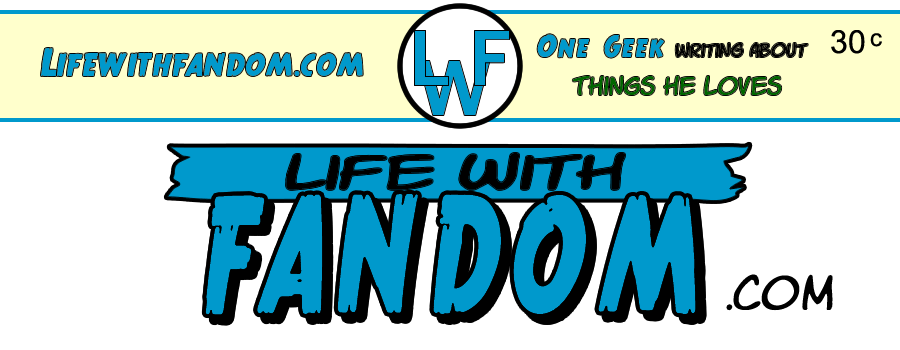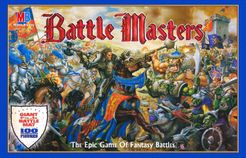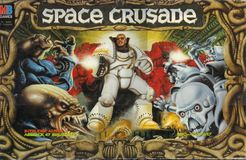There are a lot of 80s cartoons being rebooted of late. Voltron started a while back. We have new TMNT ( again) new Thundercats, and new She-Ra cartoons all premiering later this year or next year. They all appear to be drastic departures from the versions so many of us grew up with, so its understandable that some of my fellow 80s kids have a hard time with this change. I did too for a long time, but in this post I want to to talk about how I became OK with the reboots and my new philosophy on Life, the Universe, and Cartoons.
Much of my life has been inundated with thinking about the things I loved as a child. The cartoons, movies, and toys of the 80s are all such a huge part of what I loved about growing up. They were important to me. I have fond memories of lounging around and watching the mid afternoon cartoons on my families woodgrain TV with very persnickety tuners. These cartoons were how the kids of the day formed a lot of their social interactions. It was the water cooler talk of Kindergarten and first graders.
Of course, watching the cartoons led to buying the toys and playing with those. The characters and the franchises were on the screens as well as down the toy aisle. I saw some of these characters more than I did some of my family members. You form connections unwittingly to these characters and franchises.
And this is where fandom gets tricky - you see, we love these things. We have supported these things for years - often when no one else did, we support them so much that we often feel like they belong to us, That we own them, and that the franchise owes us something for our support. We compare everything to that original version that we saw as kids. If it does't touch that nostalgia space in us - it sucks and had destroyed our childhood ( one of the worst phrases in this whole debate of reboots - also something a reboot can't actually do). It’s broken and it doesn’t deserve to exist. It is worth less than the value we have put on it in our minds.
But here is the thing- we don’t own it - and honestly what we think doesn’t matter. Let’s be real for a minute . The original Thundercats is excruciating to watch. The remake in 2012 - was good - but kids (still the target audience) - didn’t like it. So honestly what do we know anyway. Its important to accept these shows aren’t made for us - but - it’s still there and they represent a new way for us to interact with the franchise. These new shows are for our kids. It provides a new way for our kids to interact with the franchises we loved when we were kids. It is a way for us to connect. Our kids will love these - this will be their Thundercats or Ninja Turtles, or She-Ra.
The same ultimately goes for movies - for all of you who are disheartened about the direction of the new Star Wars trilogy. Luke Skywalker was your hero - he was mine - but it doesn’t mean he should be redirected in a saintlike stature - because our kids don’t have the co. Action to him. Like it or not these new movies aren’t for us. Once again they are for our kids - and those who did not grow up with warn out VHS copies of the movies.
It took me a long time for me to get to this place in my life. I was there, specifically with Doctor Who. Weathering the wilderness years between the classic and new series was hard. When I came out of the other side of it- it did feel like I was owed something. and in a way that I was superior. that I knew what was better for the series. As it turns out I didn't, and the BBC still owns it. Do I think they have made some odd choices - yes I do. do I think the show will go on. . . Yes I do. Do I still watch every single episode. . . Yes I do. You see that show - isn't made for me any more. it is made for a different audience, but it is still mine to support if I choose to. So, Bring on Jodi Whittaker and here is to her being the best Doctor yet!
Now don't get me wrong, we are all entitled to our opinion. you are perfectly fine to not like something. You should be proud of the things you don't like and you should be able to vocalize why you don't like it. That is what fandom is about. In the end though - say your peace and let those who like it like it. If you are able support it, because of what it was.remember most of those who are making these things now are like us. They grew up with it and are putting that lense on it as they are creating it.
Ultimately it is time for us 80s kids to appreciate that we have grown up and that we are no longer the audience for these cartoons - That these new versions are being made for someone else. You should watch these shows in support of what they once were and what they will be for the next generation. We owe them that support. Buy the toys for the kids in your life - and remember what it was like when your parents or loved ones bought them for you. Remember that feeling and be happy that you can share it with your kids. This will create the next generation of creators, animators, comic makers, and generally good people!
You can view images, trailers, or intros for some of the upcoming reboots below:
(P.S. I'm secretly looking forward to all of these reboots - and the action figures that will come with them!)
But here is the thing- we don’t own it - and honestly what we think doesn’t matter. Let’s be real for a minute . The original Thundercats is excruciating to watch. The remake in 2012 - was good - but kids (still the target audience) - didn’t like it. So honestly what do we know anyway. Its important to accept these shows aren’t made for us - but - it’s still there and they represent a new way for us to interact with the franchise. These new shows are for our kids. It provides a new way for our kids to interact with the franchises we loved when we were kids. It is a way for us to connect. Our kids will love these - this will be their Thundercats or Ninja Turtles, or She-Ra.
The same ultimately goes for movies - for all of you who are disheartened about the direction of the new Star Wars trilogy. Luke Skywalker was your hero - he was mine - but it doesn’t mean he should be redirected in a saintlike stature - because our kids don’t have the co. Action to him. Like it or not these new movies aren’t for us. Once again they are for our kids - and those who did not grow up with warn out VHS copies of the movies.
It took me a long time for me to get to this place in my life. I was there, specifically with Doctor Who. Weathering the wilderness years between the classic and new series was hard. When I came out of the other side of it- it did feel like I was owed something. and in a way that I was superior. that I knew what was better for the series. As it turns out I didn't, and the BBC still owns it. Do I think they have made some odd choices - yes I do. do I think the show will go on. . . Yes I do. Do I still watch every single episode. . . Yes I do. You see that show - isn't made for me any more. it is made for a different audience, but it is still mine to support if I choose to. So, Bring on Jodi Whittaker and here is to her being the best Doctor yet!
Now don't get me wrong, we are all entitled to our opinion. you are perfectly fine to not like something. You should be proud of the things you don't like and you should be able to vocalize why you don't like it. That is what fandom is about. In the end though - say your peace and let those who like it like it. If you are able support it, because of what it was.remember most of those who are making these things now are like us. They grew up with it and are putting that lense on it as they are creating it.
Ultimately it is time for us 80s kids to appreciate that we have grown up and that we are no longer the audience for these cartoons - That these new versions are being made for someone else. You should watch these shows in support of what they once were and what they will be for the next generation. We owe them that support. Buy the toys for the kids in your life - and remember what it was like when your parents or loved ones bought them for you. Remember that feeling and be happy that you can share it with your kids. This will create the next generation of creators, animators, comic makers, and generally good people!
You can view images, trailers, or intros for some of the upcoming reboots below:
 |
| The new She-Ra upcoming from Netflix coming later this year! |
(P.S. I'm secretly looking forward to all of these reboots - and the action figures that will come with them!)



/pic897658.jpg)


/pic525738.jpg)

/pic401239.jpg)

/pic244662.jpg)
